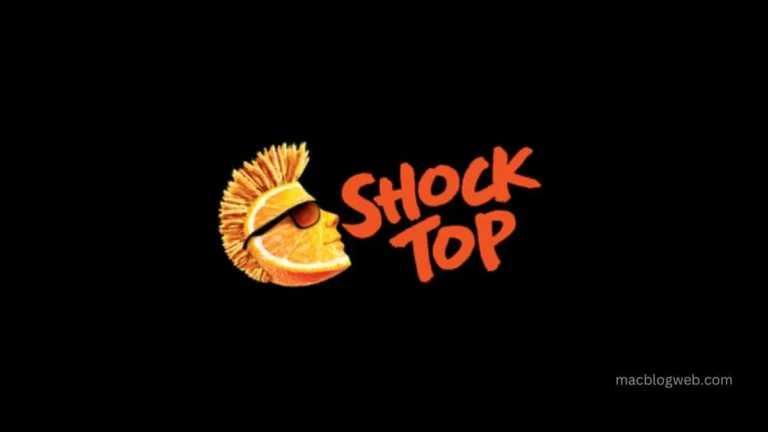Shock Top, a Belgian-Style, spiced Witbeer, entered the American beer market in February 2006. Launched by Anheuser-Busch, the brand was introduced as a seasonal beer but quickly gained a permanent spot due to its surging popularity. It was positioned as a direct competitor to Molson Coors’ Blue Moon, another popular Belgian-style wheat beer. This article explores the journey of Shock Top from its inception, through its heyday, a rebranding misstep, to its eventual sale to Tilray in August 2023 amidst financial turmoil partly caused by a broader company crisis.
The Early Days: Crafting a Niche
Shock Top was crafted to capture the burgeoning craft beer market that was blossoming in the early 2000s in the United States. With its distinct orange slice logo and eye-catching packaging, Top’s Belgian White Witbeer was designed to appeal to a demographic eager for flavorful and aromatic beer alternatives. Anheuser-Busch marketed Shock Top as a craft beer, despite being a product of one of the largest beer conglomerates in the world. This strategic positioning was aimed at tapping into the craft beer movement without establishing a new brewery from scratch.
Marketing and Brand Identity
From its inception, the marketing of Shock Top focused on distinguishing it from traditional mass-market beers. The brand used quirky, humorous advertising campaigns, including memorable commercials and bold online marketing strategies. For instance, during Super Bowl 50 in 2016, Shock Top aired an ad featuring comedian T.J. Miller, known for his irreverent humor. The ad was intended to catapult the brand into mainstream recognition and bridge Anheuser-Busch’s traditional Bud Light drinkers to a more craft-oriented product. Despite its intention, the commercial received mixed reviews, with critiques about its overall quality and impact, reflecting the challenges Shock Top faced in crafting a distinctive identity separate from its corporate parentage.
Market Competition and Challenges
Shock Top and Blue Moon were often viewed as direct competitors, both targeting similar segments of the beer market with their Belgian-style offerings. For years, the two brands vied for dominance, with Shock Top initially holding its own through aggressive marketing and product expansions, including variations like Raspberry Wheat and Lemon Shandy. However, Blue Moon managed to maintain a steady growth trajectory through consistent quality, subtle marketing, and strong word-of-mouth recommendations, factors that gradually edged Top out of the spotlight.
Rebranding Woes and Decline
In 2017, Shock Top attempted a rebranding effort to rejuvenate its image and appeal to a wider audience. However, this move proved unsuccessful. The rebranding failed to resonate with its core consumer base and did not attract new drinkers as intended. Critics pointed out that the rebranding might have strayed too far from what made Shock Top appealing to its original fans: its unpretentious and fun approach to craft-style beer. This period marked the beginning of a significant decline in sales and market presence.
Financial Struggles and Sale
The broader challenges faced by Anheuser-Busch, including a significant financial hit from the 2023 Bud Light boycott, compounded the problems for Shock Top. In August 2023, in a strategic move to stabilize its portfolio and streamline operations, Anheuser-Busch sold Shock-Top to Tilray, a company not traditionally associated with the beer industry. This sale marked the end of an era for Shock-Top as a part of Anheuser-Busch’s attempt to break into the craft beer market.
Conclusion: Lessons from Shock Top
Shock Top’s journey offers valuable insights into the complexities of brand positioning within the craft beer market, especially for large conglomerates attempting to penetrate this segment. It highlights the importance of maintaining brand consistency and understanding the consumer base. While innovative marketing and bold branding can capture attention, they must be backed by genuine product quality and a clear, authentic identity.
Top’s story is a cautionary tale of how ambitious marketing and rebranding efforts can misfire if they lack alignment with consumer expectations and the core brand ethos. As the brand transitions under new ownership, the industry will watch closely to see if Shock-Top can rejuvenate its image and regain its place in the competitive craft beer market. This tale serves as a reminder that in the ever-evolving beer industry, understanding and adapting to consumer desires, while staying true to one’s brand identity, is crucial for longevity and success.
